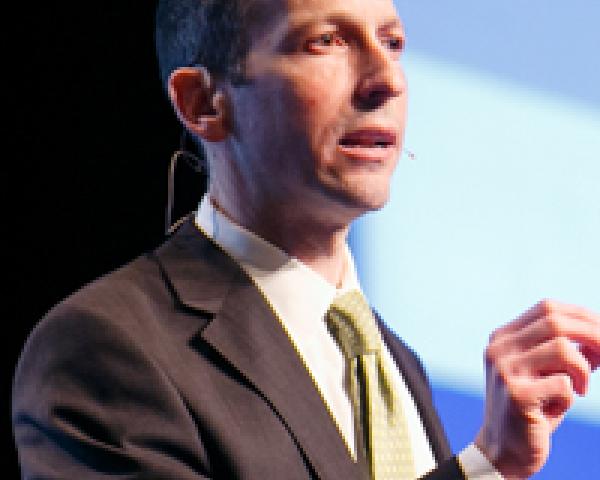Each year on the Wednesday before Thanksgiving, where could you find Southwest Airlines’ legendary co-founder and CEO Herb Kelleher? On the tarmac, of course, helping the ground crew load and unload baggage onto planes, during what was the busiest travel day of the year.
Kelleher appreciated the importance of leaders showing solidarity with their employees, particularly during challenging times. That spirit was echoed recently, when current Southwest CEO Gary Kelly announced he was taking a 10% pay cut in light of the business challenges created by the spread of COVID-19. Other airline executives followed Kelly’s lead, but he was the first to step forward with such a gesture.
Chipping in to help staff during difficult times is a hallmark of effective leadership. It helps to humanize executives in the eyes of employees but also sends an important message that, however bad a crisis is, however big a challenge we face — we’ll overcome it by working as a team.
At Vanguard Investments, that executive “roll up your sleeves” approach is actually institutionalized via the company’s Swiss Army – a customer service “reserve team” that’s called into duty to help maintain service levels during periods of high investor call volume. The people staffing the Swiss Army aren’t regular call center representatives; they’re specially trained Vanguard executives and managers.
In September 2008, for example, as investment bank Lehman Brothers collapsed and the U.S. financial industry began to implode, Vanguard CEO Bill McNabb was in the company’s Valley Forge, PA service center, fielding calls from anxious investors. Just imagine how that must have made his front-line call center representatives feel.
Working in the trenches with employees is a smart move for organizational leaders at any time, but even more so during challenging times.
Indeed, whether it’s working alongside stressed employees, or volunteering to take an executive pay cut during a financially challenging period – these types of actions send an unmistakable signal to the workforce: We’re all in this together.
In this sense, how a particular business crisis originates is almost immaterial. It could be an isolated, company-specific event, such as a product recall, or it could be a worldwide disruption caused by a global pandemic. The important thing is how leaders respond in those situations, and the signals they send to their organizations via their own personal behaviors.
See also: Coronavirus: What Should Insurers Do?
Most businesspeople are problem solvers at heart. During crises, our natural inclination is to fix the problem, to stop the hemorrhaging, to focus on the mechanics and logistics of business recovery. While those are all very important activities, it’s critical to complement them with smaller, tone-setting tactics that, on their face, might seem less strategic and “unworthy” of an executive’s time.
Depending on what industry you’re in, that could mean helping customer service reps field incoming inquiries, or assisting warehouse personnel in boxing up orders, or chipping in to help a staff member complete an urgent task. These are all small gestures that can leave an indelible impression, especially on employees who are stressed and anxious about what the future holds.
All too often in the business world, there is a chasm between the corner office and the cubicle, between the top brass and the front line. Particularly during difficult times, it’s essential for organizational leaders to bridge that chasm, and to show the workforce what it really means to be a team player.
A version of this article originally appeared on Forbes.com and can also be found here.








